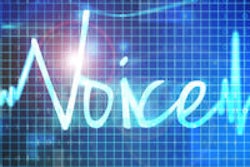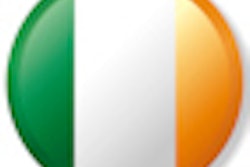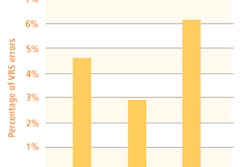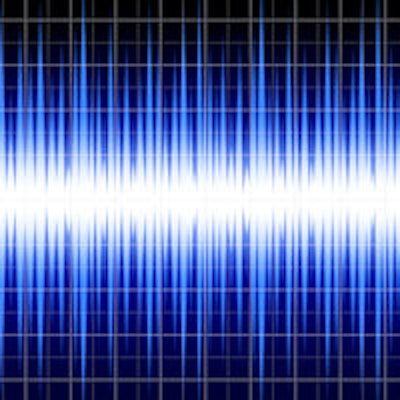
In an audit of mistakes resulting from the use of speech recognition software, CT reports had the highest overall error rate, and this can be attributed to the high volume of reports dictated and the complexity of cases, according to U.K. researchers. MRI reports also accounted for a large proportion of errors.
"Speech recognition software relies heavily on continuous acoustics and recognizing varied pronunciations for the same word. Additionally, the software requires a high signal-to-noise ratio for accurate dictation," noted lead presenter Dr. Pavan Najran at last month's European Society of Gastrointestinal and Abdominal Radiology (ESGAR) annual congress in Paris. "The limitations of the software can significantly impact on dictations resulting in errors which may lead to misinterpretation of reports and potentially change patient management."
Najran, a specialist radiology registrar at University Hospital North Staffordshire in Stoke-on-Trent, and co-presenter Dr. Nick Watson, consultant radiologist at the same hospital, assessed the error rate in radiology reports dictated using speech recognition software.
Reports performed by consultant/senior radiologists at University Hospital North Staffordshire on four nonconsecutive days were selected at random and were subsequently analyzed. All reports made by locum radiologists, reporting radiographers, and registrars/junior radiologists were excluded from the study. Reports from a range of modalities were sampled, including plain film, ultrasound, MRI, and CT.
The highest number of errors was seen in CT reports (74 out of 321 scans, 23%), but MRI reports had a higher proportion of errors (41 out of 130 scans, 32%). Interestingly, there was only one error found in 83 ultrasound reports. In 153 plain film examinations, 11 errors were identified, amounting to 7.1%.
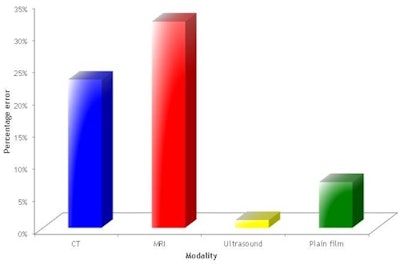 Total errors identified for each modality in University Hospital North Staffordshire's audit.
Total errors identified for each modality in University Hospital North Staffordshire's audit.Najran and Watson classified some uncorrected errors as minor (e.g., grammatical errors) when they had no impact on patient management, but they emphasized that some errors can result in mismanagement of a patient due to misleading conclusions.
Word insertion was the most common error occurring across all modalities, and it accounted for a total of 73 errors. Use of the wrong word and word deletion were responsible for 24 errors each, while there were 16 grammatical errors and no cases of lateralization (see chart for full details).
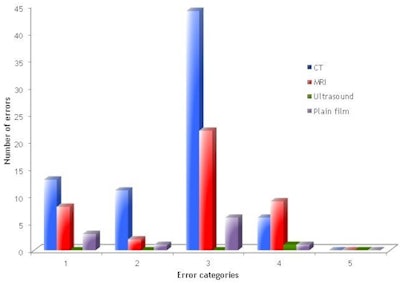 Categorization of errors: 1 = wrong word, 2 = word deletion, 3 = word insertion, 4 = grammatical error, 5 = lateralization.
Categorization of errors: 1 = wrong word, 2 = word deletion, 3 = word insertion, 4 = grammatical error, 5 = lateralization.The introduction of speech recognition software has been shown to improve reporting turnaround times, leading to a reduction of turnaround time from 28 hours to 12.7 hours, resulting in an increase volume of reports by 5% in one study, but the use of such software will result in errors, Najran explained. The literature reports a wide range of error rates of between 4.8% and 42%, and one study found an error rate of between 30% and 42% in speech recognition dictated reports compared with 6% and 8% in typed reports.
These findings have been presented at the local audit meeting, and subsequently a tutorial on the effective use of speech recognition software was offered to all consultants. Najran also gave a presentation on this topic at the U.K. Radiological Congress (UKRC), held in Liverpool at the end of June.





